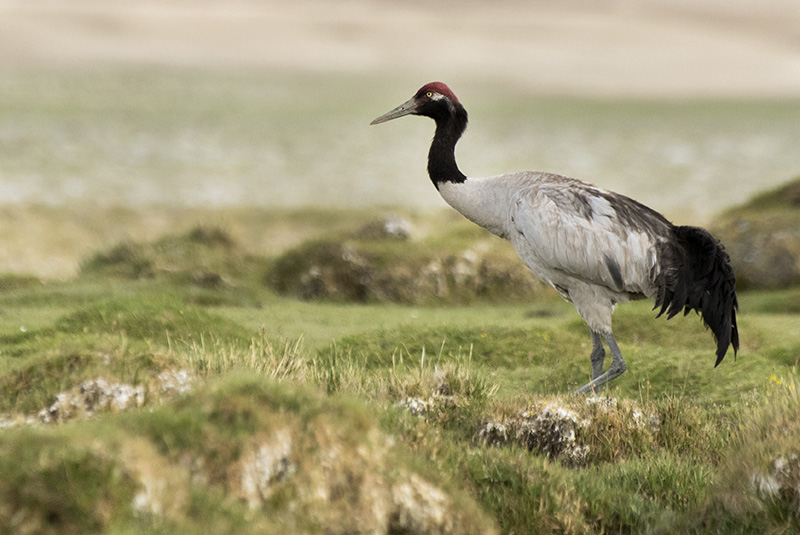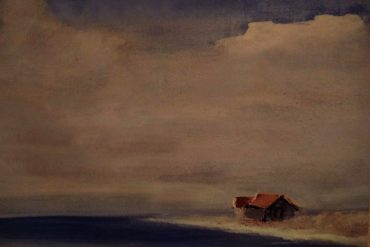Ladakh was on my bucket list of places to visit for a very long time. I read a lot about its astounding beauty and saw some spectacular images of landscapes from this region. I also read a lot about the endemic wildlife that thrives there.
As a wildlife photographer, I was particularly fascinated with a rare bird – the Black Necked Crane. It’s the only alpine crane of the world – also known as Grus Nigricolis (a binomial name given to the species by the Russian Geographer Nikolay Przhevalsky in 1881) and Tung-du, Trung-dung in Tibet.
As I started obsessively reading and researching about this bird, I discovered that bird enthusiasts and ornithologists wrote about the bird almost a century ago. For instance, in 1905-6 Captain R Steen discovered the Black Necked Cranes’ nest and eggs at the Hramsto Lake in Tibet at an altitude of 14,700 ft. A few years later, Osmaston found them to be breeding around the lakes of Ladakh. Capt. J. Kennedy and Major F. M. Bailey also found them breeding around some Tibetan lakes.
In May 1928, the Journal of The Bombay Natural History Society published a chapter on the Black Necked Crane under the title “Game Birds of the Indian Empire” by E. C. Stuart Baker (Vol. XXXII, No.4). He wrote about its nesting habits, eggs and distribution. The beautiful colour illustration you see below is from that book.
Copyright©Madras Courier, All Rights Reserved. You may share using our article tools. Please don't cut articles from madrascourier.com and redistribute by email, post to the web, mobile phone or social media.Please send in your feed back and comments to editor@madrascourier.com











